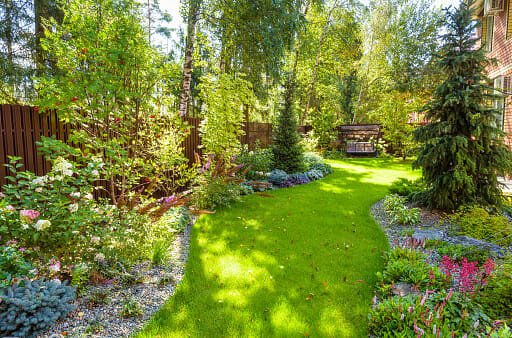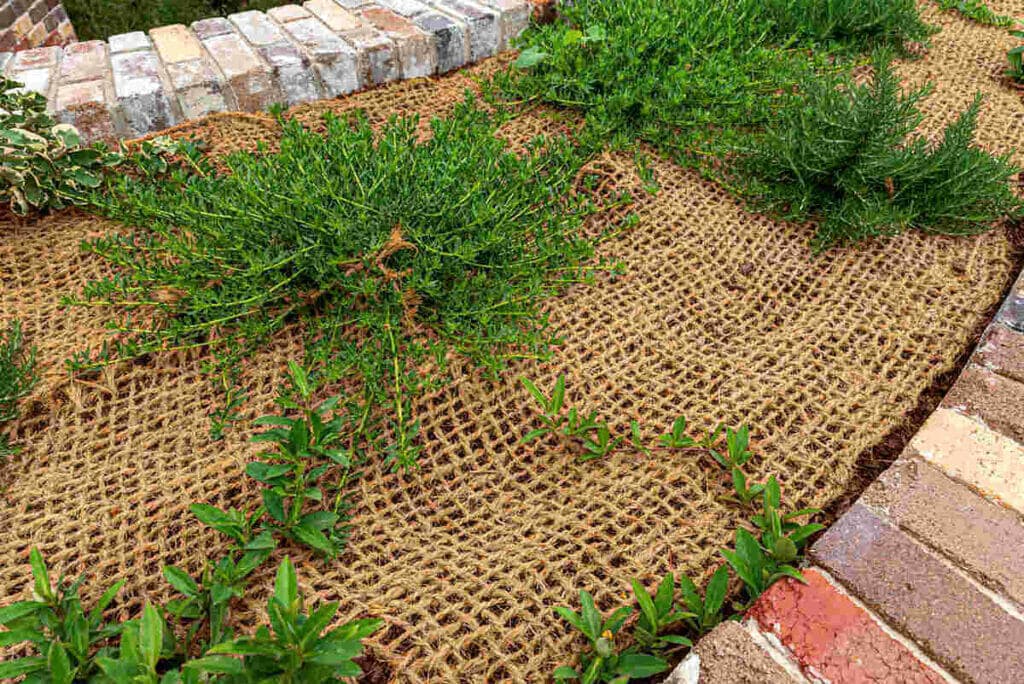If you’re considering whether or not to invest in a patio, there are a few factors to keep in mind. A patio can be a great addition to any home, providing a space for outdoor relaxation and entertaining. But is a patio worth the investment? The answer may vary depending on individual circumstances, but there are several factors to consider that can help make the decision.
First, patios can add value to your home. If you’re thinking of selling your house in the future, a patio can be a selling point. Second, patios can provide extra living space. If your home is small or you have a large family, a patio can give you the extra room you need. Third, patios can be used for entertaining. If you enjoy hosting parties or barbecues, a patio is the perfect place to do it.
A well-designed patio can also provide an enjoyable outdoor living space that can be used year-round. Additionally, patios can be relatively low-maintenance compared to other home improvement projects, making them a cost-effective option in the long run.
Ultimately, whether or not a patio is worth the investment will come down to personal preferences and priorities. But for many homeowners, a patio can be a valuable addition to both their home and their lifestyle. Finally, patios can increase your home’s curb appeal. If you want your house to stand out from the rest, a patio is a great way to do it. So if you’re wondering whether or not a patio is worth the investment, the answer is yes!
How do you build a beginner patio?
 Building a patio can be a great way to add value to your home and create an outdoor living space. However, patios can be expensive, and the process of installation can be complex.
Building a patio can be a great way to add value to your home and create an outdoor living space. However, patios can be expensive, and the process of installation can be complex.
If you’re not sure where to start, this guide will provide everything you need to know about building a beginner patio. To begin with, you’ll need to select the location for your patio. It’s important to choose a spot that is level and has good drainage.
Once you’ve found the perfect spot, you’ll need to mark out the area with string or chalk. Then, you’ll need to excavate the area to a depth of around 6 inches. This may seem like a lot of work, but it’s important to make sure that your patio has a solid foundation.
Once the excavation is complete, you’ll need to install some form of drainage. This is typically done with gravel or perforated drain pipe. Once the drainage is in place, you can begin installing the pavers.
Pavers come in a variety of materials, including concrete, stone, and brick. Select the material that best suits your budget and style preferences. Then, simply lay the pavers in place and secure them with sand or mortar. Building a patio can be a rewarding experience, and it’s a great way to add value to your home. With a little planning and effort, you can build a beautiful patio that will provide years of enjoyment.
What can I use instead of a patio?
While patios are a popular choice for outdoor living spaces, they are not the only option. In fact, there are a number of different choices that can suit any budget and taste. For example, decks and porches are two popular alternatives to patios.
Decks can be made from a variety of materials, including wood, composite, and vinyl. They are also available in a range of styles, from simple platforms to multi-level designs.
Porches, on the other hand, are typically covered and enclosed, making them ideal for protection from the elements. Another option is to create a concrete or stone patio. Concrete patios are durable and low-maintenance, while stone patios have a more natural look. Whichever option you choose, make sure to consult with a professional to ensure that it meets your needs.
Is it cheaper to pave or concrete patio?
If you’re thinking about adding a patio to your home, you may be wondering what the most cost-effective option is. Is it cheaper to pave or concrete a patio? The answer may surprise you. While concrete is typically more expensive than paving stones, it can actually save you money in the long run.
Concrete patios are more durable than their paved counterparts, meaning they will last longer and require less maintenance. In addition, concrete can be stained or painted to match your home’s existing décor. As a result, it’s not surprising that more and more homeowners are choosing concrete for their patios.
So, if you’re looking for a cost-effective option, concrete may be the way to go. The cost of paving or concrete patios depends on a number of factors, including the size of the area to be covered and the type of materials used. Paving stones are typically more expensive than concrete, but they also last longer and require less maintenance.
Are decks more expensive than patios?
 The answer to this question depends on a number of factors, including the materials used, the size and location of the deck or patio, and the complexity of the design. In general, decks are more expensive than patios.
The answer to this question depends on a number of factors, including the materials used, the size and location of the deck or patio, and the complexity of the design. In general, decks are more expensive than patios.
This is because decks require more materials and labor to build. However, the final cost of a deck or patio will also depend on the specific features and amenities that are included. For example, a deck with a built-in fireplace will be more expensive than a simple patio.
Ultimately, the best way to compare the cost of a deck and patio is to consult with a professional contractor who can provide an estimate based on your specific project. When it comes to outdoor living spaces, many homeowners are faced with the choice between a deck and a patio.
Both offer a great way to enjoy the outdoors, but there are some key differences to consider. One of the most important factors is cost. In general, decks are more expensive than patios. This is because decks require more materials and typically involve more complex construction.
For example, a deck will typically need a foundation, joists, and railing, while a patio can be built directly on the ground. Additionally, decks usually require regular maintenance, such as staining and sealing, to keep them looking their best.
As a result, decks typically have a higher upfront cost than patios. However, patios can also be quite expensive, depending on the materials used. For example, using brick or stone for a patio can increase the cost significantly. Ultimately, the decision between a deck and a patio comes down to personal preference and budget.
What is a decent size for a patio?
A patio is a great addition to any home, providing a space for entertaining, relaxing, and spending time with family and friends. But what is a decent size for a patio? The answer may vary depending on your needs and preferences, but there are a few general guidelines that can be helpful in determining the perfect size for your patio.
First, consider how you plan to use your patio. If you entertain often or have a large family, you’ll likely need a larger patio than someone who uses their patio primarily for relaxing or smaller gatherings. Second, take into account the size of your yard. A patio that takes up too much space may leave little room for other activities or landscaping features.
Finally, factor in your budget. A larger patio will obviously cost more to build and maintain than a smaller one, so be realistic about what you can afford. With these considerations in mind, you should be able to determine the ideal size for your new patio.
Should patio be higher than lawn?
One of the most common questions landscapers are asked is whether a patio should be built higher than the lawn. There are a few things to consider when making this decision. And unfortunately, there is no one-size-fits-all answer to this question.
It really depends on a number of factors, including the purpose of the patio, the climate, and the overall design of your outdoor space. First, think about the intended use of the space. If the patio will be primarily used for entertaining and relaxing, then it makes sense to build it at ground level so that guests can easily move between the lawn and the patio.
However, if the patio will be used for cooking or dining, then it may be necessary to build it slightly higher to avoid smoke and odors from wafting into the house. Second, consider the amount of maintenance you’re willing to do. A higher patio will require more regular cleaning, as debris and dirt will accumulate on the surface.
Finally, take weather into account. If your area experiences a lot of rainfall, then a higher patio will help to keep water from pooling on the surface. On the other hand, if you’re looking to create an intimate seating area, you may want to consider placing your patio at ground level. Ultimately, the decision of whether to raise your patio or keep it at ground level is up to you. But we always recommend consulting with a professional before making any final decisions.



